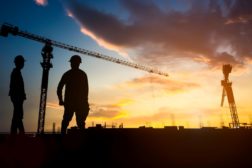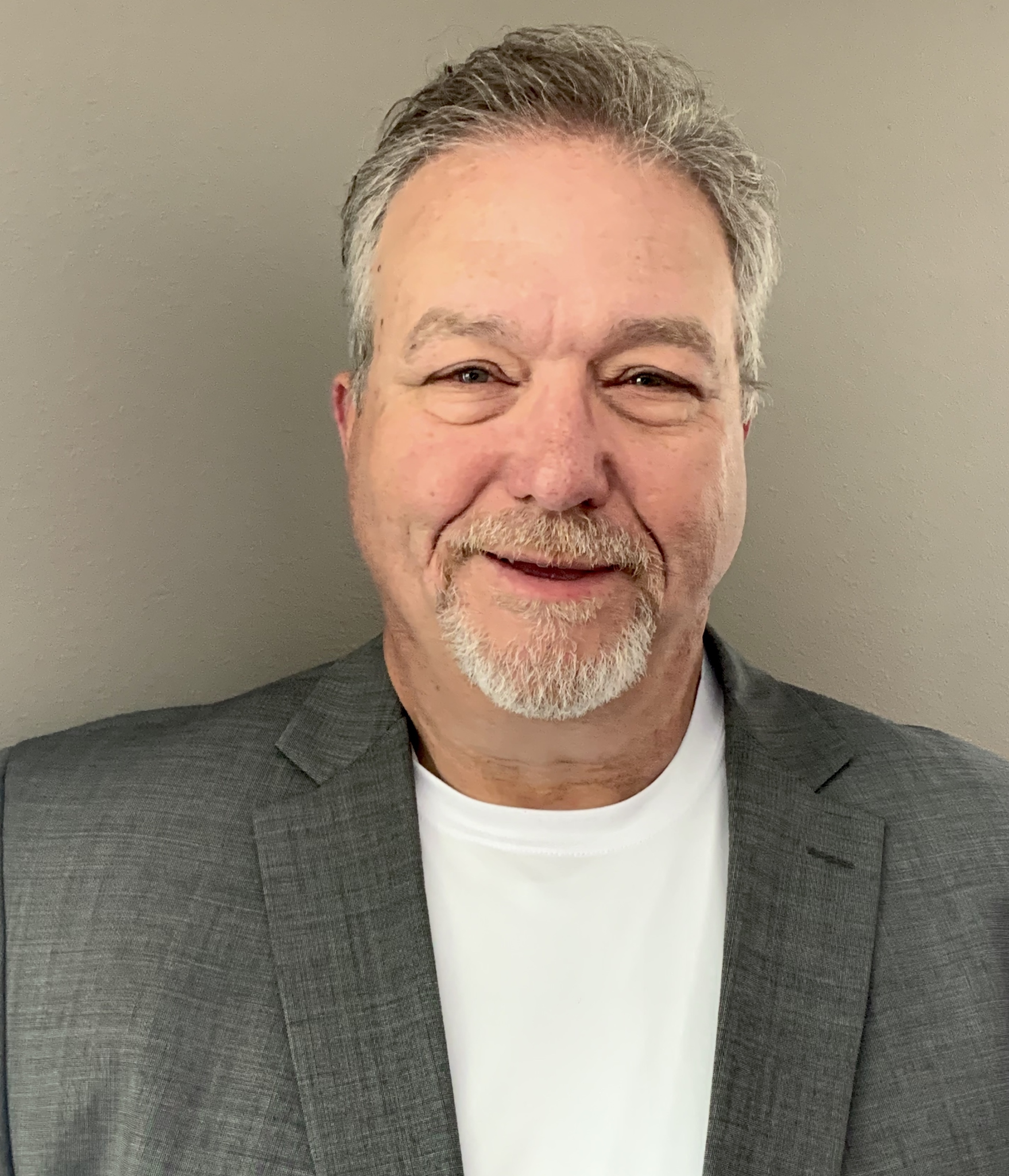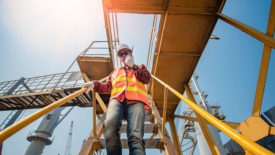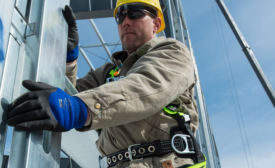Risk Management
The ‘stop work authority’ approach
It’s effective for managing risk and safety, but there are challenges to consider
September 6, 2022
Cover Story
It’s construction season: Time for a refresher on worksite safety protocols
May 25, 2022
Leading Safety
Saying 'everyone is responsible for safety' is problematic
The entire group should not be held accountable for individual behavior
April 22, 2022
Never miss the latest news and trends driving the safety industry
eNewsletter | Website | eMagazine
JOIN TODAYCopyright ©2024. All Rights Reserved BNP Media.
Design, CMS, Hosting & Web Development :: ePublishing










